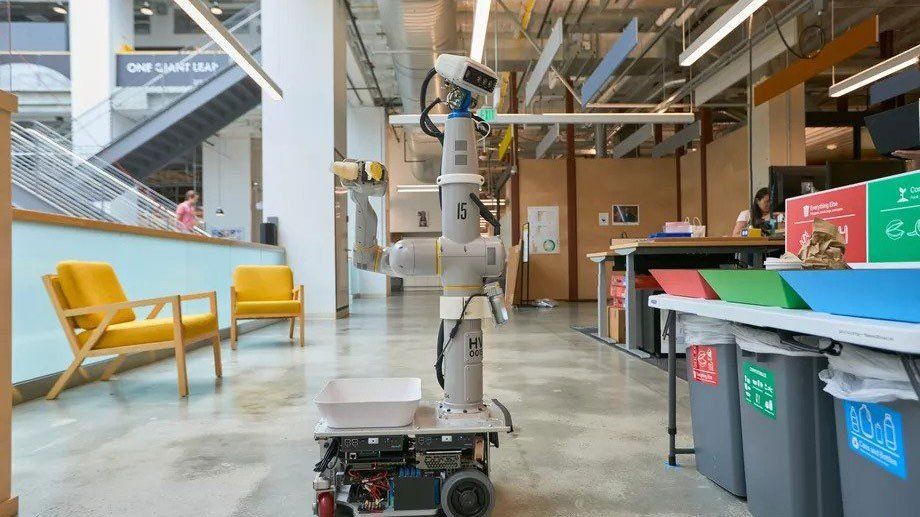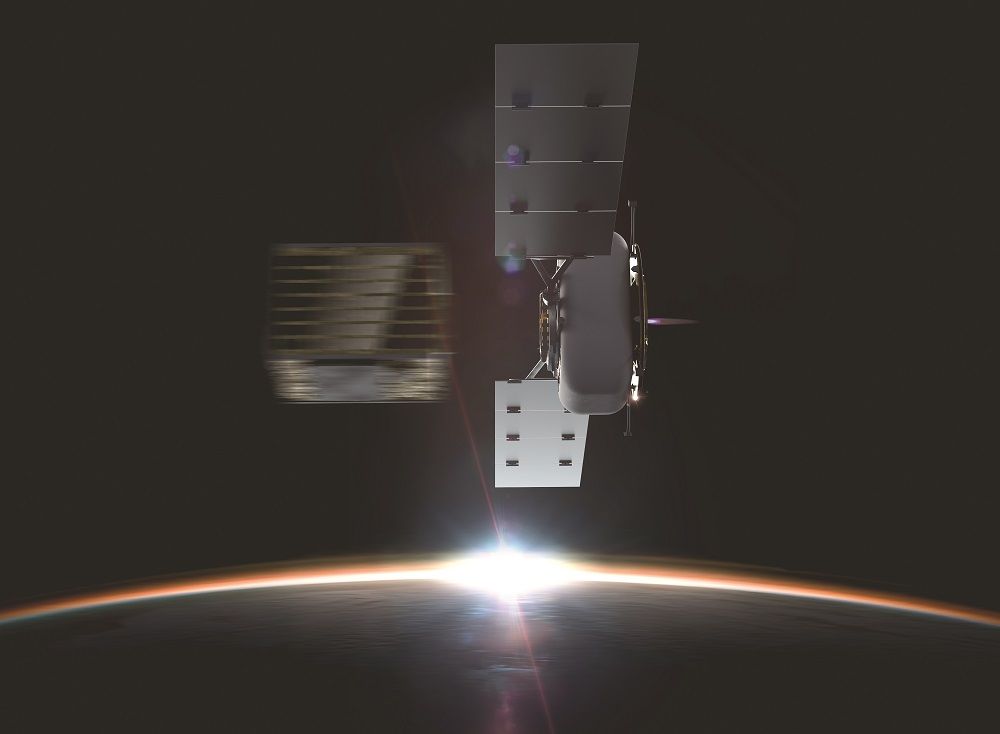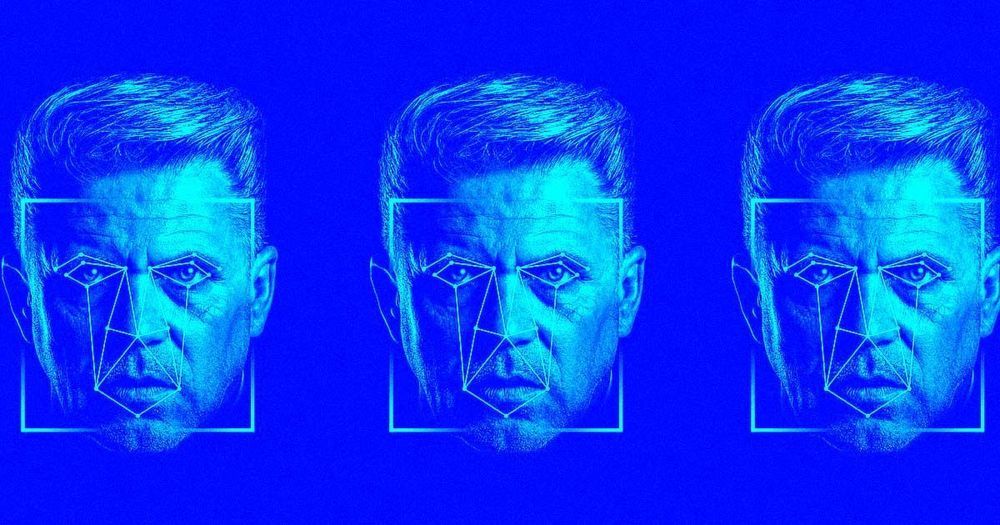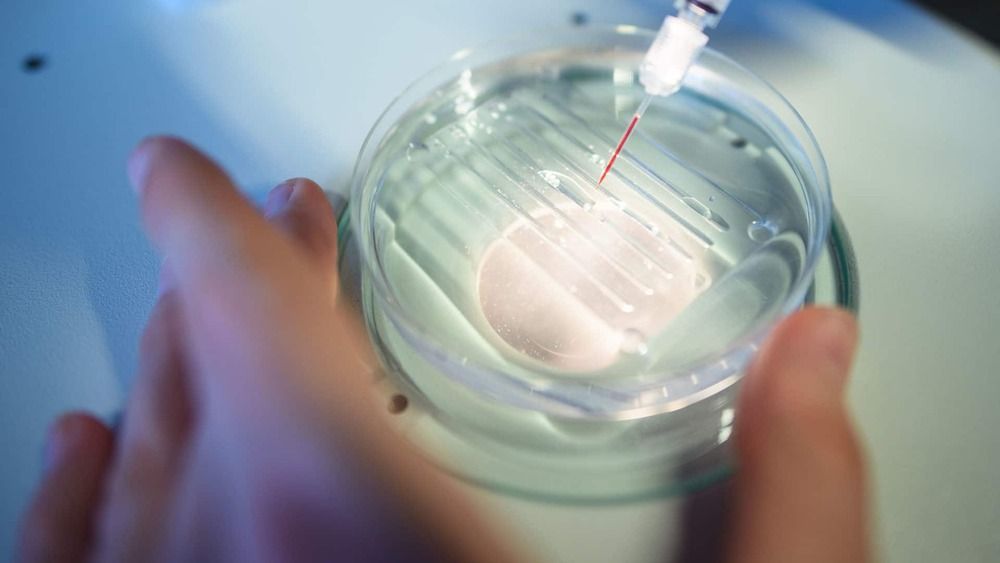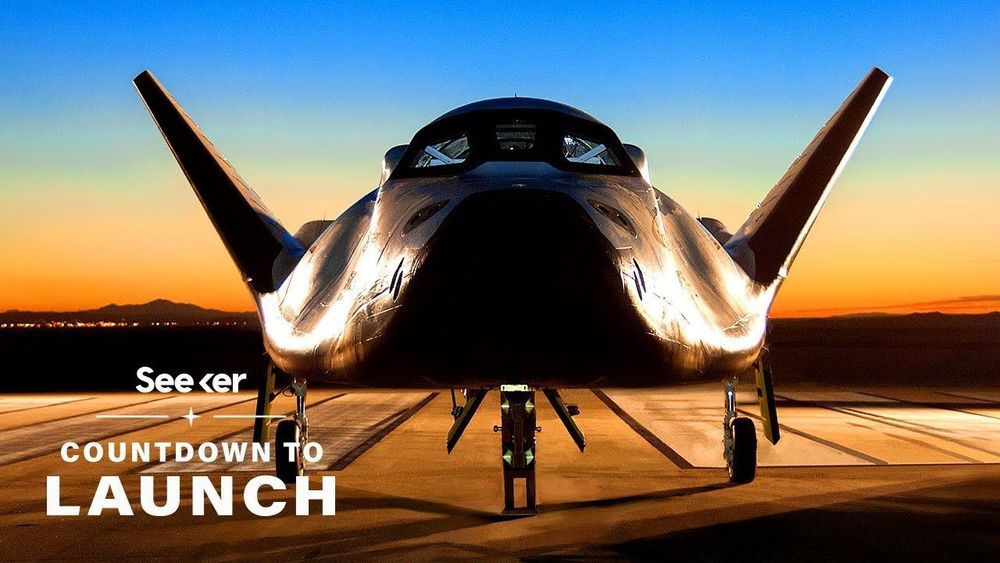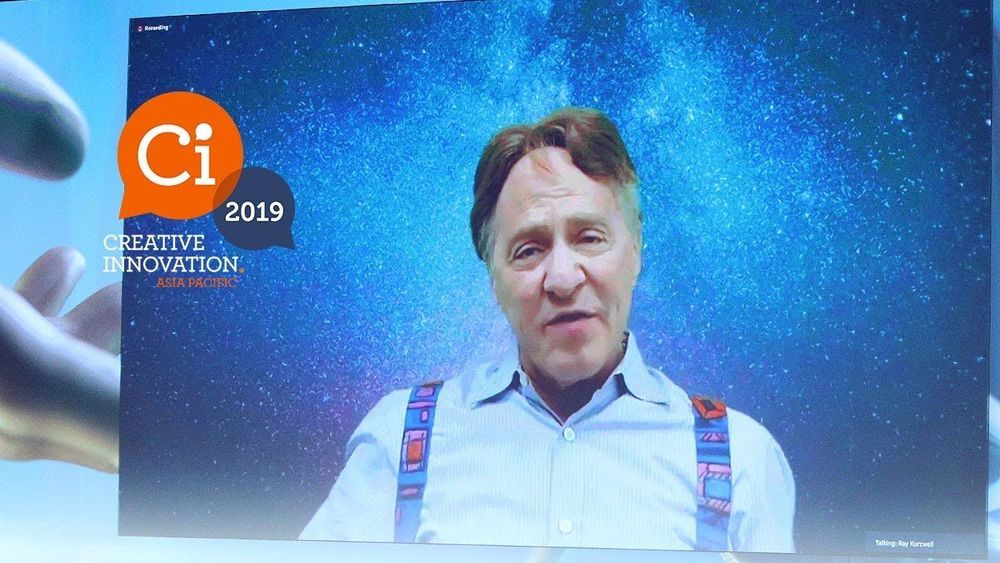The news: Alphabet X, the company’s early research and development division, has unveiled the Everyday Robot project, whose aim is to develop a “general-purpose learning robot.” The idea is to equip robots with cameras and complex machine-learning software, letting them observe the world around them and learn from it without needing to be taught every potential situation they may encounter.
For now: The early prototype robots are learning how to sort trash. It sounds mundane, but it’s tough to get robots to identify different types of objects, and then how to grasp them. Alphabet X claims that its robots are currently putting less than 5% of trash in the wrong place, versus an error rate of 20% among the office’s humans.
The big idea: Robots are expensive and confined to performing very specific, specialized tasks. Getting robots that can operate safely and autonomously in messy, complex human environments like homes or offices is one of the biggest challenges in robotics right now.
